Rising Demand in Healthcare Sector
The Oxygen Gas Sensor Market is experiencing a notable surge in demand within the healthcare sector. This increase is primarily driven by the growing prevalence of respiratory diseases and the need for continuous monitoring of oxygen levels in patients. Hospitals and healthcare facilities are increasingly adopting advanced oxygen gas sensors to ensure patient safety and improve treatment outcomes. According to recent data, the healthcare segment is projected to account for a significant share of the market, with an estimated growth rate of over 8% annually. This trend indicates a robust expansion of the Oxygen Gas Sensor Market, as healthcare providers prioritize the integration of reliable monitoring systems to enhance patient care.
Increased Focus on Safety Standards
The Oxygen Gas Sensor Market is significantly influenced by the heightened focus on safety standards across various sectors. Regulatory bodies are implementing stringent guidelines to ensure the safe operation of equipment and processes that involve oxygen. This has led to an increased demand for reliable oxygen sensors that can accurately detect and measure oxygen levels. Industries such as mining, manufacturing, and healthcare are particularly affected by these regulations, driving the need for compliance. As organizations prioritize safety and risk management, the Oxygen Gas Sensor Market is likely to experience sustained growth, with investments directed towards acquiring advanced sensor technologies that meet regulatory requirements.
Expansion of Industrial Applications
The Oxygen Gas Sensor Market is witnessing substantial growth due to the expansion of industrial applications. Industries such as oil and gas, chemical manufacturing, and metal processing are increasingly utilizing oxygen sensors to monitor and control combustion processes. This is crucial for optimizing efficiency and ensuring safety in operations. The demand for oxygen sensors in these sectors is projected to grow at a compound annual growth rate of approximately 7% over the next few years. As industries strive for enhanced operational efficiency and compliance with safety regulations, the Oxygen Gas Sensor Market is likely to benefit from this trend, leading to increased investments in sensor technology.
Growing Awareness of Environmental Impact
The Oxygen Gas Sensor Market is also benefiting from the growing awareness of environmental impact and the need for sustainable practices. As industries and governments focus on reducing emissions and monitoring air quality, the demand for oxygen sensors is expected to rise. These sensors play a crucial role in environmental monitoring systems, helping to track oxygen levels in various ecosystems. The market is projected to grow as organizations seek to implement more effective environmental management strategies. This trend indicates a shift towards integrating oxygen sensors into broader environmental initiatives, thereby enhancing the relevance and application of the Oxygen Gas Sensor Market in addressing ecological concerns.
Technological Innovations in Sensor Design
Technological innovations are playing a pivotal role in shaping the Oxygen Gas Sensor Market. Recent advancements in sensor design, such as miniaturization and enhanced sensitivity, are enabling the development of more efficient and reliable oxygen sensors. These innovations are particularly relevant in applications requiring precise measurements, such as environmental monitoring and industrial processes. The market is expected to see a rise in the adoption of smart sensors equipped with IoT capabilities, allowing for real-time data transmission and analysis. This shift towards smarter technology is likely to drive growth in the Oxygen Gas Sensor Market, as users seek more sophisticated solutions for their monitoring needs.

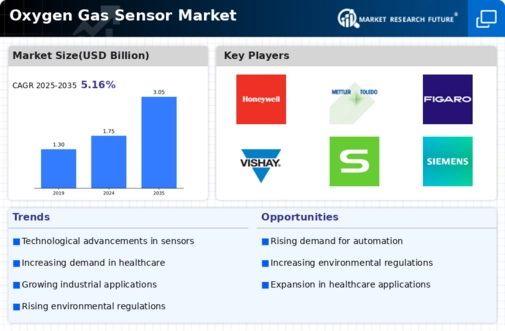
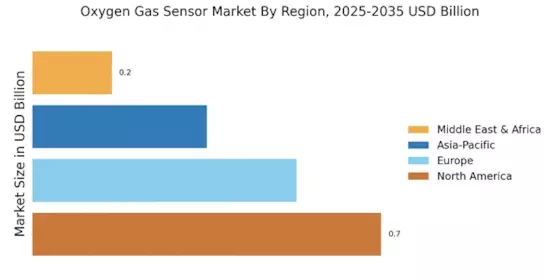
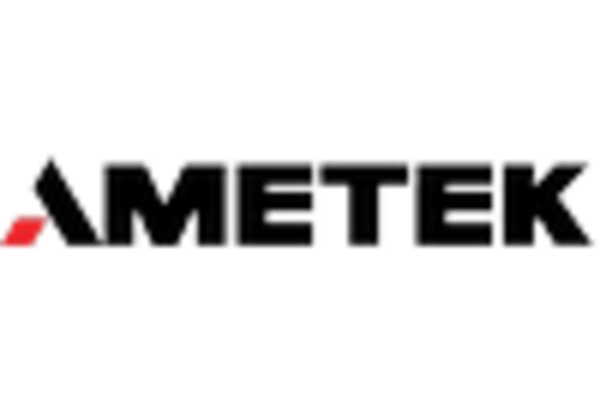
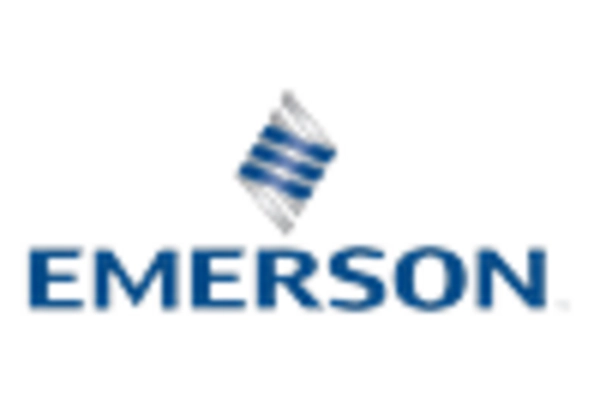
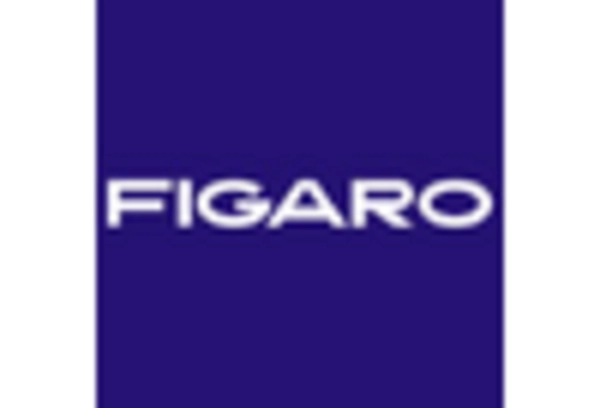

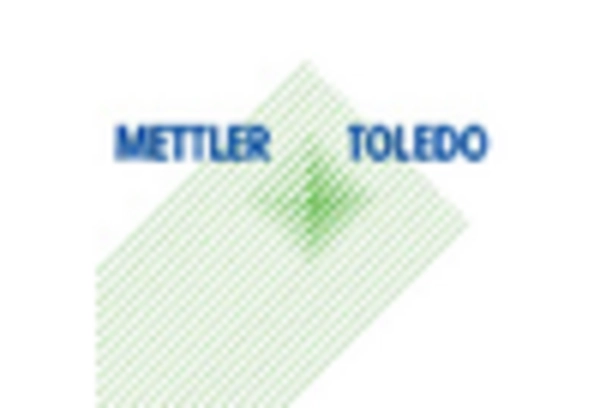









Leave a Comment